Intro
Arrival. In the summer, these fields are green.
In the winter, things are less polished. Is it better?
The hand is visible. The hands which keep grasses mowed and tidy. The hands for which there is something and the hands for which there is nothing. It’s almost better to see the architecture of the wildlife, the branches and arms of bramble and trees. The sky beyond the water, reaching it. Merge. They are the same thing. We are the same thing.
Ferried along paved paths, seeking something else. Go far enough and there you are. Go far enough and there’s the history of the world. Try to remember that this is someone’s favorite place, too, even if it’s not yours and will never be yours. Value those places, too. Value the way they are constructed, protected in a way even if not in your way.
History
There is no other park (besides the beaches) that Rhode Island State Parks likes more than they like Colt State Park, referring to it as the Gem of the Parks System. In 1980, it was nominated for the National Registry of Historic Places Inventory, as part of the Poppasquash Farms Historic District by the Rhode Island Historical Preservation Commission, and here’s some of what they had to say about it (and bear with me, because this is a long quote):
“Only the vision of Colonel Samuel Pomeroy Colt, who began acquiring the Poppasquash Farms in 1903 with the clear intent of creating a public park, prevented this district from intensive residential development. Perhaps nowhere else in Rhode Island can the public today experience the unique interface of land, water, and sky, accentuated by outstanding examples of architecture and sculpture representing eighteenth, nineteenth, and twentieth century life styles that are represented in this district.”
Depending on your familiarity with the American West or with firearms, the name “Samuel Colt” might make you pause, but it’s not that Samuel Colt. He is his nephew, though. Samuel P. Colt was an industrialist and banker, whose family was famous in Bristol for the money they made largely through the slave trade, even after slavery was made illegal in Rhode Island. The website for RI Parks says that “When their empire finally imploded in 1825, they also dragged the entire town into bankruptcy.” Colt’s business in banking and industry ended up repairing the family’s reputation, as did his decision to open his farm up for the public to enjoy the lands.
In a PBS video on Colt State Park produced in 2018 by Ocean State Video, a Samuel P. Colt voiceover says, “Having built a macadam road on my Poppasquash farm, said road running along the shore of Narragansett Bay, I am willing that the public should have the use of it for a period of at least five years. I do not mean to say that I will not allow the public to use it after that time, but I do not wish to be under the obligation of keeping it open forever.” I’m struggling to find if this is a genuine Colt quote or something that the production made up, but I don’t know how I feel about it. Or maybe I do. After, the narrator of the video says that, “In return for granting public access, Colt wanted the town to cover the cost of improving the main road leading into his farm.” This feels pretty par for course; if you were a rich guy who wanted a town to cover the costs of something you wanted to build, you’d probably have to make that land at least partially accessible to the public. It doesn’t seem like Colt’s family initially even wanted to give up the land after he died, and there were numerous disputes about his will that were reported by the New York Times. Family members attempted to sell the land for development before the state was able to actually buy it in 1965.
As I read a little about Colt and his mother’s family, I realized that I’m so not interested in the majority of the rich people who owned the places that would eventually become public parks and lands. I think the only ones I do care about or find interesting are the Ameses, who would establish Borderland in Easton, Massachusetts. Sorry. I don’t know that I care so much about how industrial and banking profits were used to ensure that “Colt Farm…become a showcase of wealth,” or Colt’s investment in his Jersey cattle and how they would often win awards at the Big E, the Eastern States Exposition which is still held in Springfield, Massachusetts every year (it’s like our only version of a county fair). I’ve also run into a small issue doing research for this entire New England Parks Project in that Rhode Island itself is a niche interest state, so finding additional information about the specific parks—or even the rich people who owned the land in the first place—gets complicated and requires a lot of digging. And if I’m going to be digging, I’d rather be talking about the history of that land more than the history of this dead rich industrialist banker, whose description kind of fits that of a villain in a Western regardless of any good deeds that he might have actually done in his lifetime.
Here are some words about the geology of this place, from a fairly old US Geologic Survey report about the bedrock geology of Rhode Island:
“The Metacom Granite Gneiss was named for exposures on Metacom Avenue in the Bristol quadrangle…The gneiss is gray to pink, medium grained, locally porphyritic, strongly lineated with oval patches of biotite, and foliated locally…Oriented inclusions of mica schist, and graduation of the gneiss into the adjacent mica schist of Bristol are evidence that the gneiss originated by granitization of the schist.”
Some of the bedrock of the Bristol Quadrangle dates back to the Pennsylvanian Period, and that rock sits on top of much older Pre-Pennsylviania rocks, in a way that this geologic report describes as “uncomfortable.” A different page, from the Woods Hole Science Center, describes the stratigraphy of Narragansett Bay in more layman-friendly terms, and says that it “is composed of glacial drift and post glacial sediments overlying bedrock. Pre-Pennsylvanian igneous and metamorphic rocks and a few late- or post-Pennsylvanian intrusive granites in the southwest surround the Bay. Pleistocene glacial drift overlies bedrock in Narragansett Bay. Overlying the glacial drift are up to 15 m of Holocene estuarine deposits.”
The landscape of the place has really been what it is as a result of the ice age. I think sometimes about how we used to have a giant sea in the middle of America, in the land that would become known as the Great American Desert in the 19th century, the same time in which Colt and men like him were making their fortunes in the second industrial revolution, and I think also about when glaciers dragged themselves over the lines of New England and left their striations. I think about this place, which is so wet now, as being more inland and what that meant or was like. I think about shifting sea levels now, and what it will look like when Rhode Island is dropped into—or maybe returned to—the ocean. One of the things that I’ve noted already about the state parks along coastal Rhode Island is that a majority of them have already faced significant architectural damages from historic hurricanes to the degree that the parks themselves do not have those buildings anymore. The storms either completely destroyed them, or had done enough damage to them that it would have been dangerous not to demolish them. If we were to see another storm like the hurricanes of the mid 20th century in Rhode Island, the storm surge combined with anticipated, heightening increases of sea level rise due to man-made acceleration of climate change would be catastrophic, and would effectively turn Bristol County into a series of small islands.
I feel a lot like a history which focuses solely on the acquisition of the land by the state leaves too much out. Talking about how much a rich guy loved his cows or how much money he spent glitzing up a place is just deeply uninteresting when divorced from its socio-historical context anyway, and while it can tell us something about the continued relationship between the wealthy and everyone else in America, or what philanthropy often seeks to hide by the act of “gift” giving, it’s maybe more interesting to have a comprehensive view of the place in terms of what it was before people, what it was before colonizing, and what its geologic history might allow us to discuss regarding the potentiality of future in place.
The Trip
Once again, it was cold when I went, as it was when I went to virtually all of the state parks in January. I don’t love Colt State Park. I’ve said this in other places before. It’s not my style of park. Once again, I’m pushing off talking about Olmsted and American Parks, but I guess the issue that I have with Colt State Park is largely its construction. It’s pretty. It doesn’t blow me away like it does so many other people, and unless you’re going to the furthest points of the park, you’re very obviously in a Park. There’s no attempt to conceal the artifice of the place. When we talk about development, we’re usually talking about buildings, business and residential, but I wonder if there’s room in that space to talk about how we develop landscapes, too. In Colt State Park, there’s a little too much of the fake pastoral for me. This is, to be clear, what most people who love Colt State Park find the most beautiful part of it. If you like that kind of thing, no offense meant, but I’m not looking for a whole lot of obvious manicuring of lawns when I’m recreating outdoors. It’s a great picnic area. In the summer, people park on the grass, which I’m still not sure is allowed? But it is definitely normalized. Whatever. I remembered the way the bathroom was filled with bags of dog shit and the injustice that a friend of mine felt at the lack of trash bins elsewhere and no where to put sanitary products when you have a women’s bathroom, and I ended up avoiding the bathroom while I was there this time. (She even brought it up when I mentioned I was going to be talking about Colt State Park.)
I liked it more in the winter, at least, but I think there are a few different things at play there. For one thing, things look a little more scraggly and unkempt, which is more or less how I prefer my outdoors, and for another, there were significantly fewer people there than there would be at any other time. There’s still trash here, and when I saw some in one of the little streams near the Chapel by the Sea, I couldn’t help remembering how someone’s Cheetos bag disrupted the ecosystem of Carlsbad Caverns. Over by the salt marshes, there were men clamming, something that feels like an ancient practice. I walked the main paved paths, up towards Coggeshall Farm, feeling a little dwarfed by the grasses around me.
When I write the actual essays for these episodes, I end up finding myself in horrible little Google Search holes, where I do a lot of the reading to supplement what I might already know, or to double check myself to make sure I’m not saying anything that’s too obviously wrong. It would be better for me to get the research done first, then go to the park, check back against my field notes before writing just to get the names of things correct, and then to write without distracting myself. That’s what it is I’m doing, by the way, when I go on these journeys across the Internet. It’s anything to keep myself from writing. In any case, I wanted to learn more about the plants that I was seeing at the park.
Today, I learned what phragmites are, and the ways in which they can pose significant issues to local biodiversity. Also called common reeds, phragmites populate marsh areas and really love the fertilizer in runoff from yards and farms as well as disturbed soil, all of which can be found in abundance in southern New England. There’s a part of me that, while walking through Colt State Park, wanted to disappear into the abundance of these reeds—there are so many of them that it’s a little all-encompassing, consuming, like you could conceivably drop out of the real world if you could step inside their mass, not unlike the feeling of getting lost in a cornfield. In fact, I think that reeds, in general, are probably a New England-equivalent to the cornfield dread of the Midwest. But the phragmites that are present at a number of the state parks and nature preserves around here are invasive, and they choke out indigenous plants. Unlike corn, which can’t spread without human intervention, these reeds can and do, though the actions of people make it far more likely that the plants are going to take root. I’m not going to go on a long diatribe like I might normally about invasive plant species. I think that it matters, and that we need to just be aware of what plants we’re putting in our own yards, but nobody intentionally brought these specific phragmites here, they just hitchhiked on boats. This is how plants often get around, by attaching and transplanting. It’s a reason why we’re encouraged to brush our boots off when we’re going into different ecosystems as a way to prevent the spread of non-native and potentially invasive plants.
What I think I want to focus on is the way in which we might not realize that every single action we do or every step we take has a consequence, positive or negative. This is just something that we typically don’t have to think about, because the majority of our actions have fairly limited scope, as far as we can tell. It’s hard to know what the ramifications of what you do are when you’re not immediately present to see what happens as a result. It’s funny. As a species, we like to differentiate ourselves from other animals on the basis of our ability to have a history, to tell stories about the past or about the future, ostensibly with the goal of teaching lessons or learning to survive, whether it’s the survival of avoiding some present danger in the world, or if it’s the kind of survival related to learning to live with grief and the existence of being feeling creatures. Yet, for all the stories we tell, we keep doing the same things, and we don’t seem to learn that much at all. Even when we make mistakes with ourselves, or we have accidents, or we don’t like the outcome of things that we’ve done, we do anything we can to avoid having to actually change our behavior, even when we know it’s not good for us, even if we think we know better this time, even if we have seen the same things hurt us before. Maybe we have our own geologic time in our bodies, but we’re here for so short a period, or we just aren’t given enough space in the lives that we scuttle through that it’s hard for us to actually internalize what we do learn and to then be able to put it into practice. And it’s not like these things just get wiped clean; even if you watch the tide come in and out from the ocean, that sand and water isn’t really going anywhere or disappearing, it’s just moving. Changing. Accumulating elsewhere. The glacial striation lines exist even if the glaciers themselves have melted, receded, are pushing back into the sea and spreading on the land in a different form.
I went down to the water level, along the shore, farther, to where I thought I was a little more alone, to where things felt a little more “New England,” that descriptor-place-name that I’ve started to use to just mean “Home.” You’re never really alone here. I took a few pictures before there was someone else, and then I waited to keep walking forward when a couple and their dogs came out from the trees at the higher ground level. You can sort of see coastal erosion, or the evidence of the living shoreline, down here, or maybe I’m just actively looking for evidence of change, of loss, of land getting pulled apart. Someone off the trail is burning something, like he’s having a small cookout, listening to Black Sabbath. I’m running out of time that I have for being here. I still stop at the statue of John Chafee, think a moment about the sentiment inscribed there, and then keep walking back towards my car.
I had dinner plans with my Nana, her husband, Grandpa Bob, and my brother as a late Christmas/early birthday. The drive from Rhode Island to Plymouth was easy, though I made the decision on the way there to stop at Plymouth Beach. The changes are happening here, too, and I thought that when I got there that I’d be faced with the roughness of the rocks. Plymouth Beach is quantifiably bad, in many ways, compared to any of the other beaches around; I think the first time I ever went to a beach without rocks was a Rhode Island beach in eighth grade. It might have been Scarborough. It is, however, the beach that I used to go to when I was a child, a beach with a deep personal history for me. It’s directly across from the Plimoth Patuxet Museum, which, like Coggeshall Farm, is a living history museum, recreating the past as though guests were dropped there by a time machine. Someone wadded into the water in shorts and a t-shirt despite it being January, and I wanted so badly to ask them, why. Why this beach, why this water, why now? But I didn’t. I walked, and the sand reflected the sky like a mirror so that the entirety of it was all blue—blue sky, blue water, blue sand, with some faint pinkish purple lines, the clouds, and a seagull, before I felt that I had to be worried about the impending bird flu crisis coming so, so soon after to not just Plymouth, but all of the southern New England, before people would start to see snowy owls, so rare lately, dead on their driveways from the disease. Later, at my Nana’s, I’d hear about her trip to Ireland, the ancestral home that she had never been to before, looking at photo after photo of green, green, green, the green fields, fields that maybe Samuel P. Colt would have envied for their imagined lack of development. She would give me a tea towel with cranberries on it, reminding me to keep memories of Plymouth in my mind regardless of the travels I go on. For now, though, on the beach, I was just able to stand where all three parts of the world seemed not to collide but to merge.
References
“Colt State Park | Rhode Island State Parks.” Rhode Island State Parks, https://riparks.ri.gov/parks/colt-state-park. Accessed 13 February 2025.
Freeman, Mike. “Phragmites runs rampant in local waters. Do its benefits offset the harm?” The Newport Daily News, 3 August 2021, https://www.newportri.com/story/lifestyle/2021/08/03/invasive-species-ri-phragmites-super-spreader-choking-local-waters-newport-environmentalists/5391743001/. Accessed 24 February 2025.
Ocean State Video. “Rhode Island State Parks | Colt State Park.” PBS Learning Media, 2019, https://mass.pbslearningmedia.org/resource/ristateparks-colt/ri-state-parks-colt-state-park/. Accessed 25 February 2025.
Quinn, Alonzo W. “Bedrock Geology of Rhode Island.” Geological Survey Bulletin, vol. 1295, 1971.
Rhode Island Historical Preservation Commission. National Register of Historic Places Inventory - Nomination Form | Poppasquash Farms Historic District. 28 May 1980. National Park Service, https://npgallery.nps.gov/GetAsset/395c841d-373c-44f6-a7ca-e9c5814fb74a.
“USGS OFR 2006-1199: Surficial Geology in Central Narragansett Bay, Rhode Island: Interpretations of Sidescan Sonar and Multibeam Bathymetry, Geologic Setting.” Woods Hole Coastal and Marine Science Center, 6 December 2017, https://woodshole.er.usgs.gov/pubs/of2006-1199/html/geo.html. Accessed 4 March 2025.
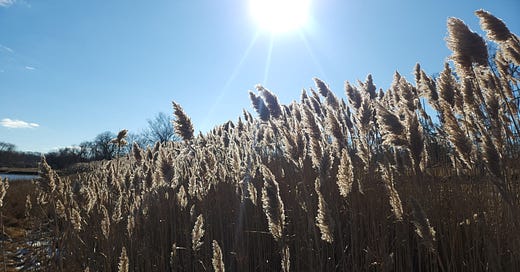



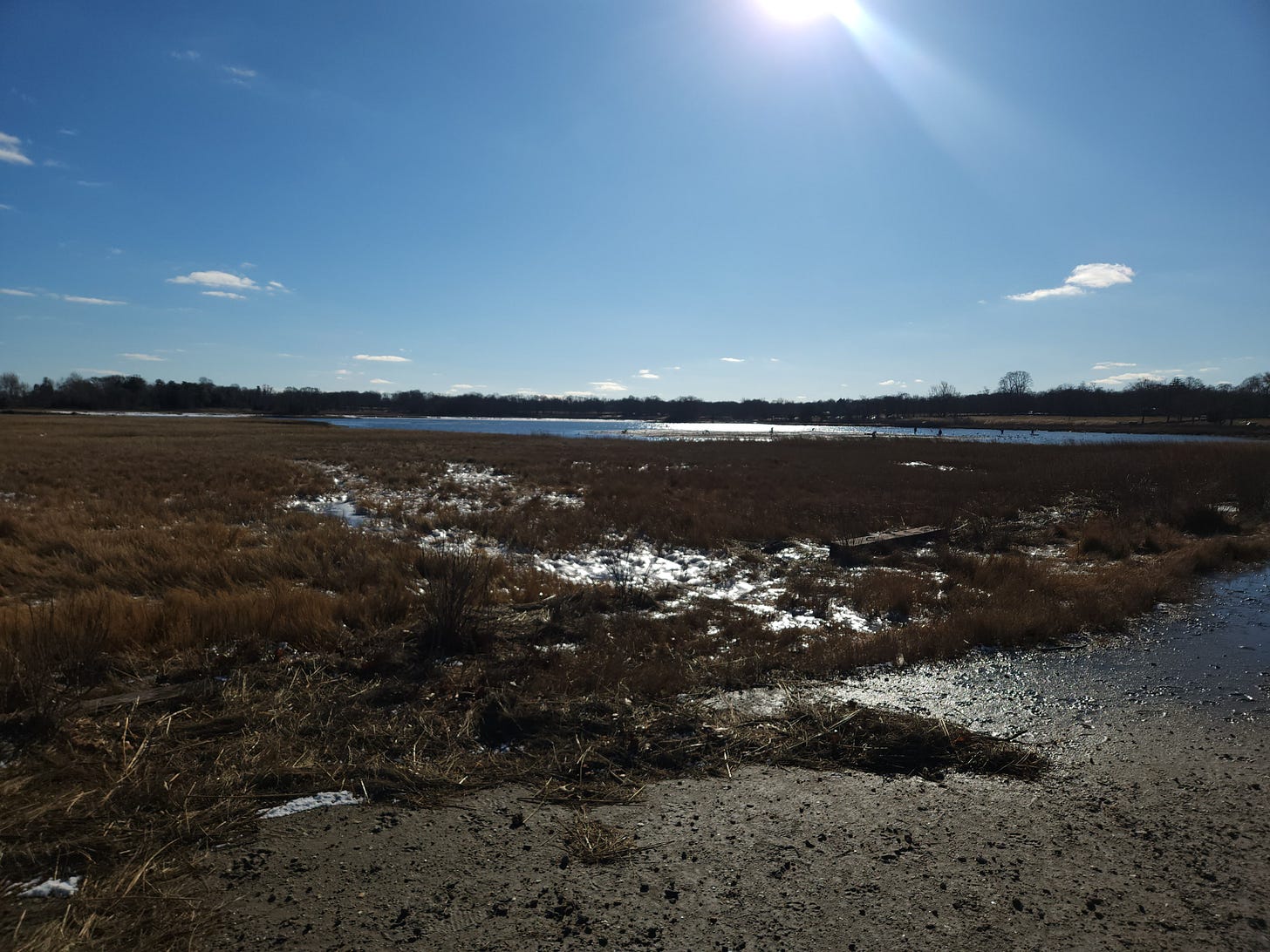
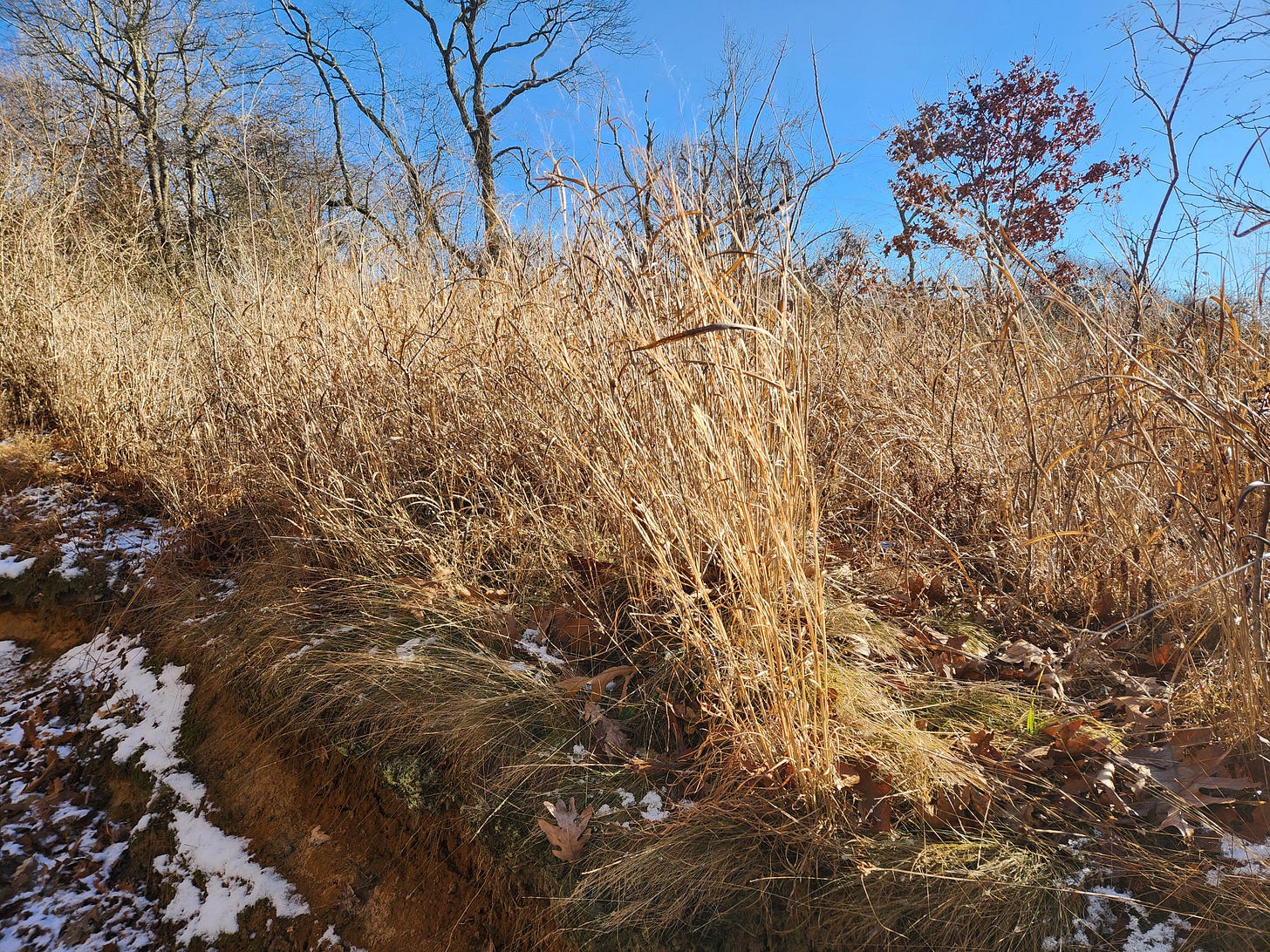
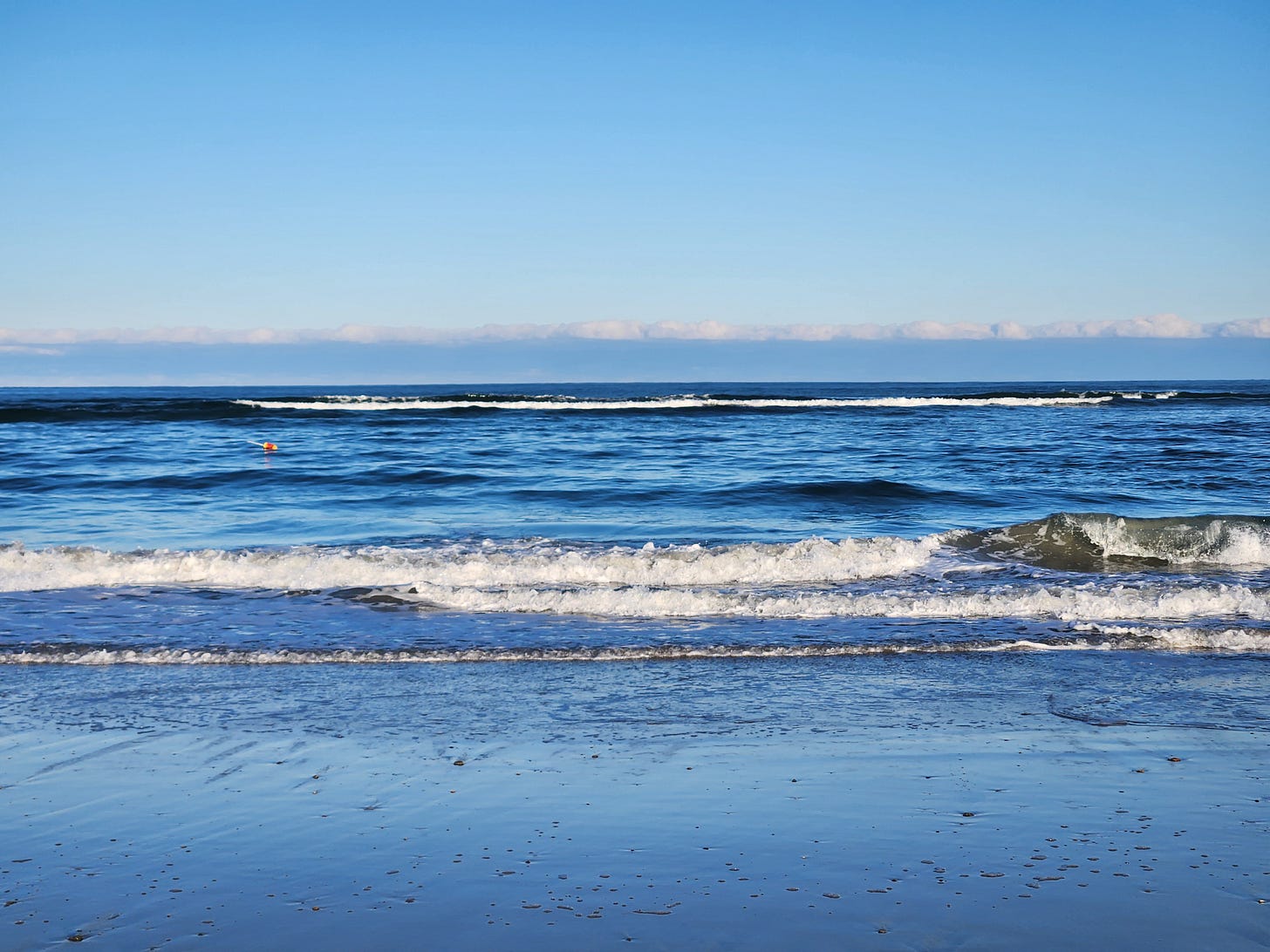

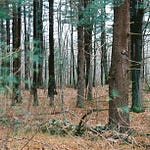
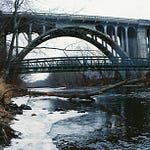
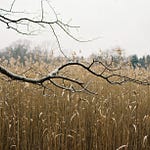
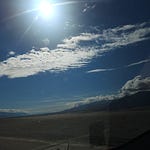



Share this post